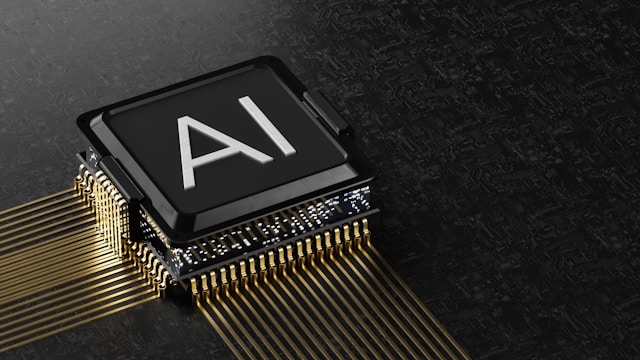Understand the importance of testing. Testing blockchain applications is critical to ensure their reliability, security, and functionality. This helps identify and address potential vulnerabilities, bugs, and performance issues.
Test different components of the blockchain. When testing blockchain applications, it is important to focus on different components such as smart contracts, consensus algorithms, cryptographic protocols, and network infrastructure. Each component should be thoroughly tested to ensure that it functions properly.
Implement test automation. Test automation plays a vital role in effective testing of blockchain applications. By automating repetitive test scenarios, developers can save time and ensure consistent and accurate results. This can be achieved with the help of frameworks such as Truffle and Ganache.
Perform unit testing. Unit testing involves testing individual components or functions of a blockchain application. This helps to identify any bugs or errors in the code and ensures that each component is working properly. Tools such as Mocha and Chai can be used for unit testing.
Conducting integration testing. Integration testing is aimed at testing the interaction between the various components of a blockchain application. This ensures that these components work together seamlessly and that data is transferred and validated correctly.
Real-world scenario modeling. It is crucial to simulate real-world scenarios during testing to ensure that the blockchain application can handle different situations. This includes testing scalability, network congestion, and security threats.
Test security measures. Blockchain applications often deal with sensitive data and transactions. Therefore, it is important to thoroughly test existing security measures such as encryption, access control, and authentication mechanisms.
Performance monitoring. Performance testing helps in evaluating the speed, scalability and efficiency of a blockchain application. It includes measuring response time, transaction throughput, and resource utilization under different workloads.
Implement continuous testing. Continuous testing ensures that testing is an ongoing process throughout the development lifecycle. This helps identify problems early and allows for rapid iterations and improvements.
Document test results. It is important to document the results of testing, including any issues discovered, their severity, and the steps taken to resolve them. This documentation serves as a reference for future testing and helps maintain the quality of the blockchain application.
Remember, these blockchain application testing guidelines are aimed at ensuring the reliability, security, and optimal performance of the application. By following these guidelines, developers can build reliable and trustworthy blockchain-based solutions.





